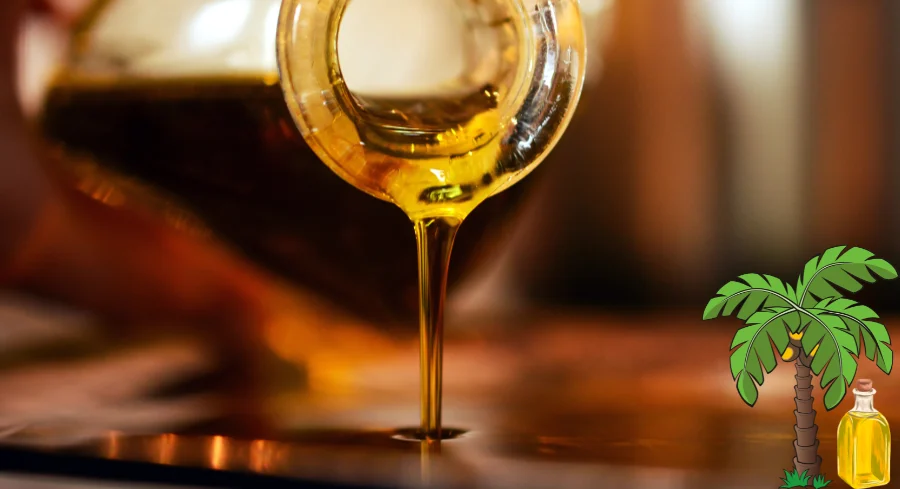Quality in Palm Oil Refining
By TOI Desk Report
October 25, 2023
Update on : October 25, 2023

The edible oil refining industry heavily emphasizes the quality of crude oil, particularly oil of palm. But what does ‘quality’ mean in this context? This is a relative term, dependent on the end consumer’s requirements. Several quality benchmarks have been set for crude palm oil:
- Minimization of free fatty acids: High levels are costly to refine out.
- Limited oxidation products: These can lead to undesirable flavors.
- Easy-to-remove coloration.
Key Steps in Processing
Achieving these benchmarks requires a precise approach to palm oil production:
- Prompt Bunch Sterilization:** Ideally immediately after harvest.
- Effective Clarification and Drying:** Essential for refining quality crude oil.
Flavors and Consumer Preferences
For home users of crude palm oil, taste is paramount. A unique flavor profile is created when fruit bunches undergo fermentation, often resting for several days post-harvest. The addition of herbs and spices during the oil drying process can also mask potential off-flavors.
The Significance of Fatty Acids and Tocopherols
Palm oil’s free fatty acids and tocopherols have a specific appeal. These components can produce a laxative effect—a sought-after trait among certain African consumers who may not have access to synthetic alternatives. Some even enjoy the tangy ‘bite’ this oil offers due to its acidity.
Traditional vs. Technological Production
Palm oil extraction methods vary:
- Traditional Manual Methods:** Often labeled as ‘low technology.’
- Mechanized Units:** Considered & ‘intermediate technology.’
Traditional extraction involves washing and hand-squeezing pounded fruit mash, separating the oil from the mixture using tools like colanders or finely perforated vessels. This labor-intensive process can be outsourced, providing employment to various community members.
Contrarily, mechanization doesn’t necessarily sacrifice efficiency, though it might reduce costs. Smaller mills can serve local communities, cutting down on transport needs, especially in areas with poor infrastructure, thus minimizing fruit spoilage and reducing post-harvest losses.
Cultural Insights
Traditionally, men take on cultivation roles while women handle processing and selling. Women often decide how produce is traded, determining the processing level they’re willing to undertake. This gendered division has been foundational in shaping traditional technologies and subsequent innovations.
When introducing machinery, it’s essential to consider the local culture. Equipment should ease the workload, especially for women processors, without completely eliminating jobs. Mechanizing labor-intensive tasks, while ensuring ease of use for women, is crucial.
Powering Production
Energy sources are another consideration. Many villages lack electricity, relying primarily on diesel engines. For cost-effectiveness, communities can’t afford multiple engines. In cases where multiple machines need power, converting diesel power to electricity might be an option, though the expenses could be prohibitive for small-scale processors. Designing pulley and gear systems for operational machines can be an effective solution for village-based operations.
Read more: Quality in Palm Oil Refining















